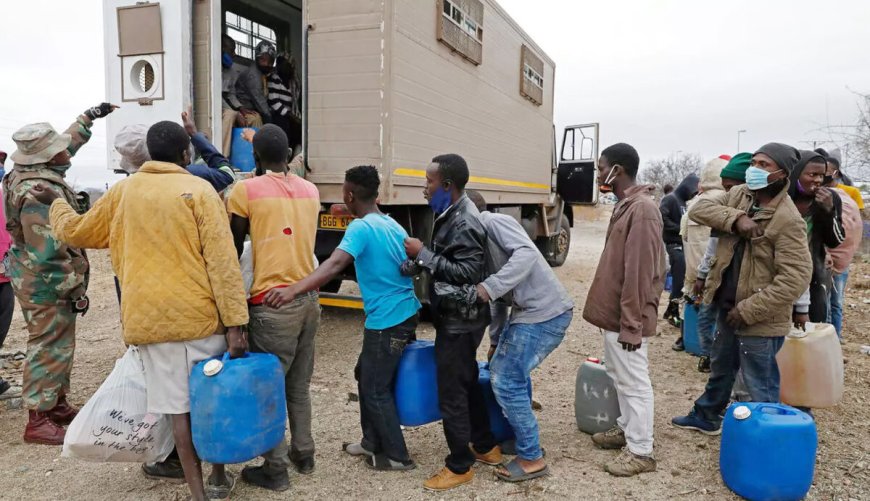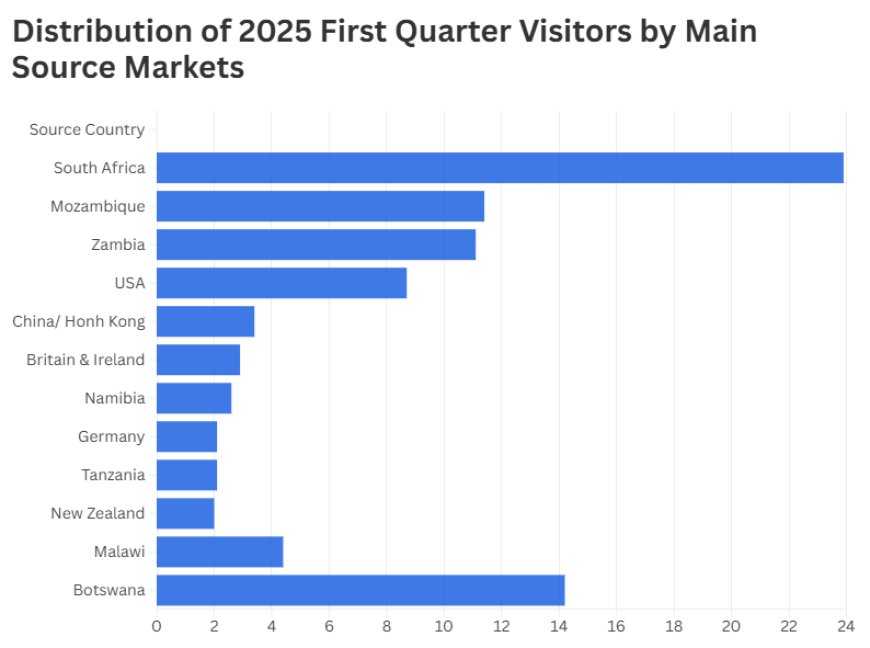The State of Migration in Zimbabwe: Trends, Sources, and Destinations (2024-25)

The State of Migration in Zimbabwe: Trends, Sources, and Destinations (2024-25)
Inspiring Journeys: Zimbabweans Who Found Hope and Success as Asylum Seekers Abroad
Migration often comes with immense hardship, especially for asylum seekers forced to flee conflict, poverty, political repression, climate change or discrimination.
By Francis Shupayi Bingandadi
Yet Across Africa and overseas, many Zimbabwean migrants are reshaping their lives and communities through perseverance, resilience, and initiative. Their stories are a powerful testament to the transformative power of hope.
In Johannesburg, 30-year-old Tendai Muchawaya, fled Zimbabwe during a period of political turmoil and economic collapse under. the late President Mugabe. Arriving in South Africa with a small suitcase, his academic certificates, and a dream for a safer, prosperous life, Tendai faced xenophobia and unemployment. Initially hosted by the Methodist Church while awaiting his asylum papers, he realized that his human resources qualifications wouldn’t guarantee him work, but his cooking skills might.
Starting with a small catering venture focused on Zimbabwean traditional cuisine, Tendai built a thriving business. Today, he employs fellow migrants and serves authentic dishes to South African customers. More than an entrepreneur, he’s now an advocate for refugee rights, urging others to harness their talents to build sustainable futures. His journey illustrates how adversity can lead to economic independence and social contribution.
These are not mere stories of survival, they are stories of thriving. Zimbabwean asylum seekers are making meaningful contributions to their host societies through business, education and civic leadership.
Migration in and out of Zimbabwe remains dynamic and multifaceted. The country continues to grapple with the effects of past misgovernance, especially following the ill-fated land reform programme and prolonged political instability. However, it is also a destination for asylum seekers fleeing regional unrest.
As of 2024-2025, Zimbabwe hosts an estimated 150,000 to 200,000 foreign nationals, many of whom are asylum seekers from the DRC, South Sudan, and Mozambique.The country’s moderate political stability and established refugee support systems make it a key destination within Southern Africa.

Distribution of the 2025 First Quarter Visitors by Main Source Markets
Increase in asylum applications: There was a notable 15% rise in asylum applications in 2024 compared to 2023, reflecting ongoing regional crises.
Urban areas such as the Capital City, Harare; Bulawayo, the second largest City and Mutare, Zimbabwe’s third largest city, serve as primary settlement zones.NGOs and government refugee agencies are active in integration efforts, and local stories demonstrate both challenges and remarkable successes.
Samuel Onyango Mundimba, a young Congolese refugee from Kisangani, arrived in Zimbabwe in 2024 after fleeing ongoing conflict. With access to educational programs, he excelled in vocational training offered by local NGOs, the UNHCR and IOM.
Today, Samuel owns a small carpentry workshop in Harare, providing employment to other refugees and locals alike, symbolizing successful reintegration and economic contribution.
Amina John, from South Sudan said that she left unrest in her country with two members of her family but faced significant obstacles due to language barriers and credential recognition. However, through Zimbabwe’s inclusive policies and community support, she trained as a nurse. Now, she works at a prominent hospital in Bulawayo, improving healthcare access for underserved populations while inspiring other refugees to pursue their goals.
Ibrahim Monteiro, a young refugee from Mozambique, enrolled in a Zimbabwean university through a UN scholarship and obtained a degree in Water Engineering. Today Ibrahim is working for a Zimbabwean NGO as a development officer rolling out water and irrigation solutions for many rural people in Zimbabwe.
Michaela Deng, an asylum seeker also from South Sudan, turned her traditional Sudanese and East African cuisines into a thriving catering business in Mutare in Eastern Zimbabwe, near the Mozambican border. Michaela managed to utilize community support programmes, by the local NGOs and soon expanded her small enterprise, creating jobs and fostering cultural exchange.
“It took me two months to arrive in Zimbabwe from South Sudan by road, and I arrived here with my brother and mother, and we stayed at Tongogara Refugee Camp in Eastern Mutare for two years until I started this small food business and later moved out of the camp and I thank God I am where I am today,” Said Michaela.
Today Michaela is hired by several corporate organizations to provide her catering services for their international clients from several Francophone countries to provide for their different culinary tastes and requirements. The period of 2024-2025 is marked by incremental progress in refugee integration, driven by Zimbabwe's policies, regional stability efforts, and international support. The growth of entrepreneurship, education, and advocacy among asylum seekers signals a hopeful trajectory.
However, challenges persist, including resource constraints and legal protections. The increasing regional conflicts heighten the demand on Zimbabwe's asylum system, necessitating sustained international collaboration.
The Zimbabwe migration story is driven by narratives of resilience amid adversity with positive and success stories amplifying the concepts and policies of inclusivity, hope, positivity and opportunity. Nurturing these positive trends has enabled many Zimbabwean migrants to harvest the wealth of opportunities in the countries that they are in, helping, educating, feeding, healing, and nurturing loved ones back at home in the process through remittances, investments, and development support.
Migration from and to Zimbabwe remains a dynamic aspect of its socio-economic landscape. While economic hardship and political instability continue to push Zimbabweans abroad, destinations like South Africa, Botswana, the UK, Australia, and the US emerge as primary recipients. Moving into 2025, migration patterns will likely evolve in response to regional policies, economic conditions, and international relations.

 Francis
Francis 





